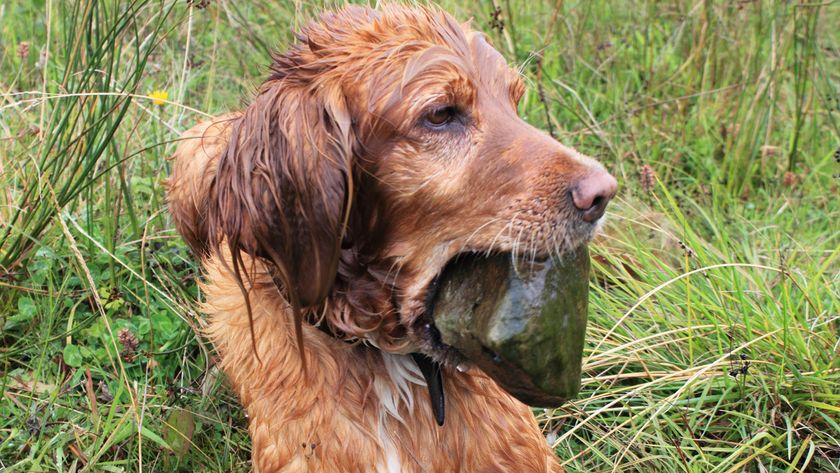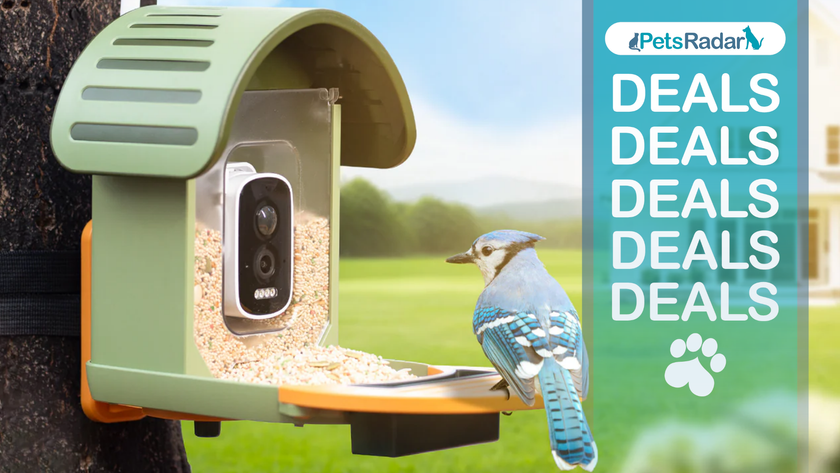Want a better behaved dog? Trainer reveals the secret — and it really surprised us!
Combine management and training for ultimate success.

When it comes to training your dog, management is a really important aspect. But what does it entail?
Management involves creating the right environment for your pup to be successful while removing opportunities for them to display undesirable behaviors – as the more your dog does something, the better they become at it! There are lots of things you could do, from using baby gates to prevent access to using some of the best dog treats for enrichment.
For all we need to know about management in dog training, from its importance to a few examples, we can take a look at a recent Instagram post from Ella Camps-Linney and Alistair Mackenzie, professional trainers and the owners of Kirby Dog Training – it’s really insightful!
A post shared by Kirby Dog Training (@kirbydogtraining)
A photo posted by on
They explain that, sometimes, management can be all you need to help change a dog’s behavior, so there’s no need for any complicated training.
An example they give is a dog who barks at triggers out the window. Management in this scenario could be using opaque film to block visual access to the outdoors, moving the armchair so the dog can’t use it as a vantage point, or using sound layering to muffle sound triggers.
Perhaps you have a dog who likes to jump up at visitors. You might use a lead to help guide your dog to put four paws on the floor, use a baby gate or barrier to control access, or prepare some tasty food enrichment to keep your dog busy when visitors arrive.
If your dog can’t listen when other dogs are around, use distance to make things less intense and allow your dog to focus more on you, walk at off-peak times when it’s less busy, and use a long line rather than letting your dog go off-leash. Just keep in mind these three of the most common loose leash walking mistakes (and how to fix them)!
Dog barks at the doorbell? Here, it could be as simple as disabling the bell or putting a note on the door asking people to call you, while you put work into training and desensitizing your pup in the meantime.
PetsRadar Newsletter
Get the best advice, tips and top tech for your beloved Pets
“When you combine management techniques with teaching your dog alternative behaviors, you are more likely to achieve success in your training,” Camps-Linney and Mackenzie explain. So, it might be the case that you can rely solely on management to help change your pup’s behavior, but in other situations, a combination of management and training can be invaluable in getting the behavior you’re after both in the short and long term.
If you want to improve your dog training sessions but you live by yourself or you’re the one who does most of the training, take a look at these 27 practical tips for training your dog on your own.

Adam is a freelance journalist specialising in pets, music and culture, and mental health and wellbeing. He investigates and writes the large majority of news on PetsRadar, and collaborates with veterinary experts to produce informative pet care content.
Adam has a journalism degree from Southampton Solent University and a masters degree in Magazine Journalism from Cardiff University. He was previously senior editor at dog advice website DogTime.com, and has also written for The Independent, GoodToKnow and Healthline.
He owns two rescue cats, Bunny and Dougie, and has also previously had a rabbit, fish and Roborovski dwarf hamsters.












